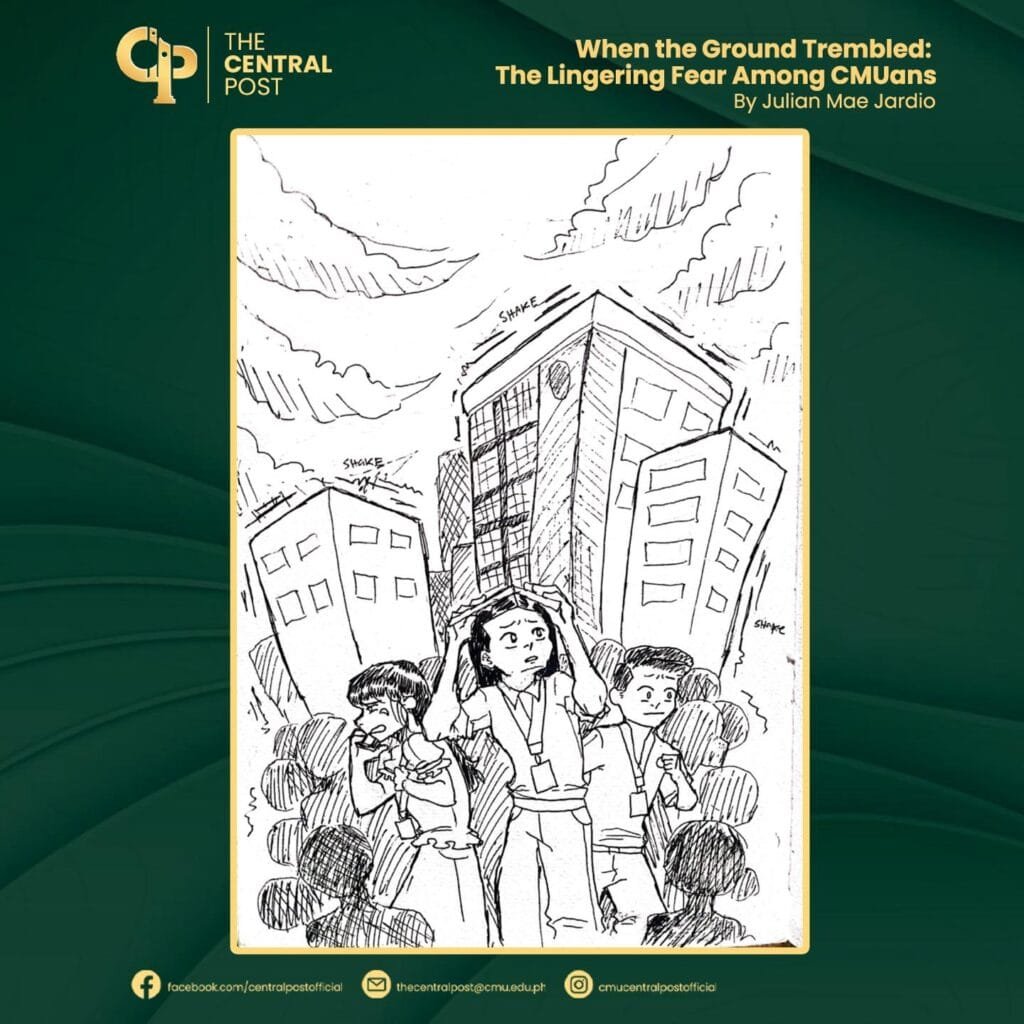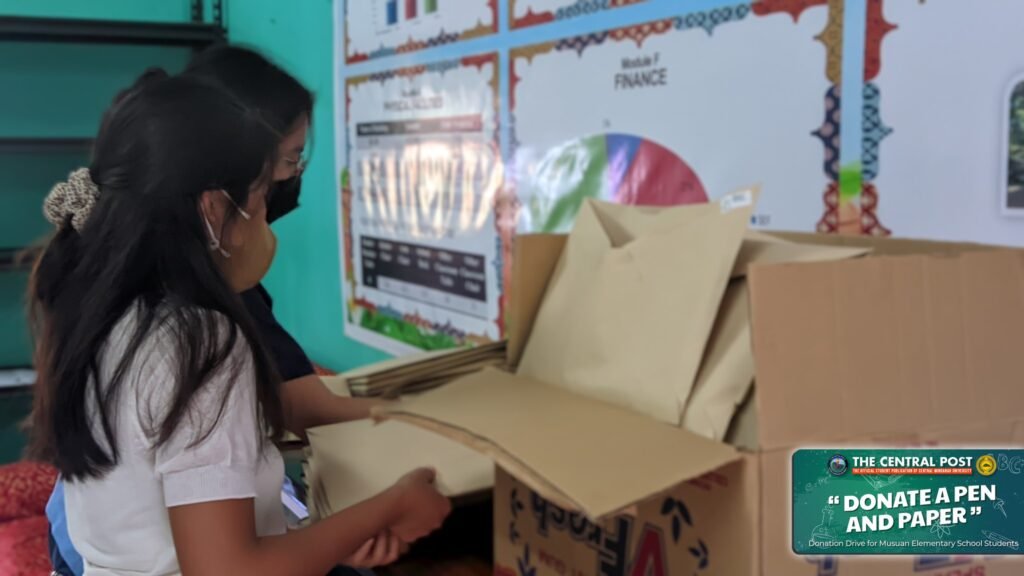The day the earthquake struck Central Mindanao University began like any other. Students filled the hallways, laughter echoed through classrooms, and the rhythm of campus life carried on until the ground started to move.
At first, it was a faint vibration, something easy to ignore. Then it grew stronger. Desks shook, walls groaned, and fear swept through everyone like a wave. Students rushed out of buildings, some were crying, others frozen in disbelief. In those moments, time slowed, and the world seemed to blur.
After the shaking stopped, the silence that followed felt almost louder. No one spoke for a while. People stood in open spaces, staring at the ground, still trembling from the quake and from what it left behind.
Many clutched their phones tightly as calls and messages flooded in from worried parents. “Aha ka?” “Okay raka dira, nak?” Those were the frantic words that echoed through trembling hands and unstable signals. The connection was sometimes weak, but the emotion was clear: fear.
In the days that followed, the fear lingered. CMUans carried the memory of that violent shaking in their minds and bodies. Sleep became difficult; even the faintest movement of a truck passing by, a gust of wind rattling a window felt like another quake beginning. Some refused to stay in dormitories at night, choosing instead to stay outside or near exits, just in case.
“Wako katulog oi,” said Rica, a second-year biology student. “Murag kada piyong nako, mafeel nako nga gauyog. Murag mulinog utro.”
Conversations across the campus revolved around fear. Even laughter sounded forced, heavy. Anxiety crept into daily routines—students hesitated before entering classrooms, and many found it hard to focus during lectures. The earthquake was over, but the tension it caused never really left.
In the quiet that followed, aftershocks and sleepless nights became part of the campus rhythm. “Wala gyud ko katulog ug tarong,” Lia shared. “Bisan gamay nga linog-linog, murag laing linog na pud. Hadlok especially kay layo kos ako mama ug papa, pero nakaparealize pud nga importante gyud diay nga andam pirmi.”
The trauma became invisible yet constant. It lived in the way CMUans walked alert, cautious, and always aware of their surroundings. It lived in every startled reaction to sudden sounds. It lived in the silence that sometimes settled after a joke, when someone remembered that day.
The ground stopped shaking, but inside the hearts of many, it never truly did. In moments like that, we realize how nature can humble us, how a few seconds of trembling can remind us that control is only an illusion.
That’s why it is very important to take emergency awareness seriously, not just as a school requirement, but as a real-life shield that can save lives.
Simple actions like “Duck, Cover, and Hold” may seem repetitive during drills, but when the earth truly shakes, those few seconds of knowing what to do can mean survival.
Preparedness is not about predicting when an earthquake will happen; it’s about building a mindset that can act even in fear. Awareness saves time, and time saves lives.
Written by: Julian Mae Jardio
Copyreader: Tiffany Jean Cainglet


